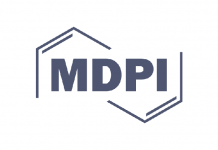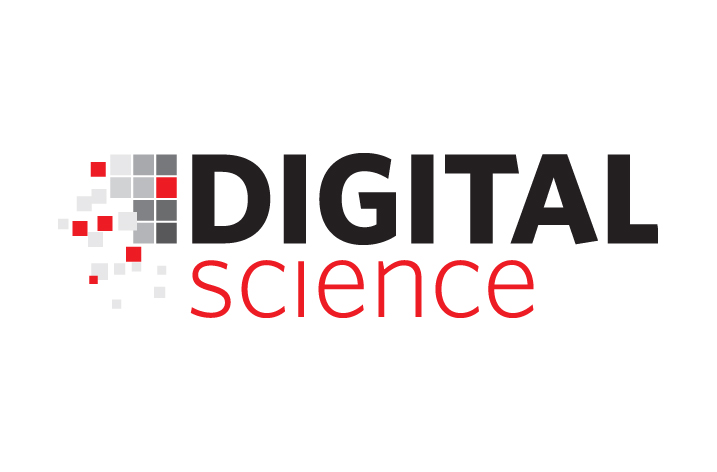
Digital Science today launched the Global Research Identifier Database (GRID), a free, easy-to-use online database that opens up information about research organisations around the world to data scientists, developers and innovators within academic and commercial organisations. The GRID dataset addresses the problem of messy and inconsistent data on research institutions, ensuring that each entity is included correctly and only once.
Built in-house by Digital Science, the online database contains 50,000 manually curated institutional names, along with unique identifiers and geo-location information across 212 countries. The data are derived from openly accessible funder and publication sources such as the NIH reporter, PubMed and the UK Gateway to Research.
It includes the majority of institutions worldwide that have received research funding and is openly available under a CC-BY Creative Commons Attribution 4.0 international licence, which allows the user to share or adapt the content available for any purpose, even commercially.
GRID aims to:
- Spark innovation by providing data scientists, developers and entrepreneurs with a base of open, standardised information about organisations, which will be interoperable with existing technologies and platforms, and which can act as a gateway between many different datasets;
- Open up insight, transparency and accuracy by allowing anyone to efficiently map data to a common, well-formed, international list of research organisations;
- Create accessibility by enabling data visualisation of datasets related to research organisations around the world.
At present, developers, researchers, companies, governments, civil societies, publishers and academic institutions frequently conduct analysis using ‘unclean’ data, where, for example, institutions are listed with multiple aliases and in different formats. GRID provides a central reference point for research work and ensures that future studies will be built on accurate underlying data.
Digital Science is a business division of Holtzbrinck Publishing Group and a leading technology incubator focused on jumpstarting innovation in the research community. GRID has been developed in collaboration with ÜberResearch, a Digital Science portfolio company which has implemented GRID in its Dimensions product for funders and research organizations. GRID data is helping to align the funding portfolios of both research funders and research organisations for portfolio insights and competitive insights.
Also, its portfolio companies, Figshare, an online digital repository for academic researchers and Altmetric, an online service which allows users to track and measure activity and attention around academic research both use GRID to capture and represent accurate institutional data.
Digital Science will also provide guidance, support and consultancy to its users to ensure GRID meets the technical requirements of their work.
Commenting on the launch of GRID, Daniel Hook, the Managing Director of Digital Science, said:
‘GRID is a fresh, new, data-driven approach to sparking innovation, insight and accessibility on issues like institutional funding. It can help open up data and information about organisations across the world that was previously locked away. We have built GRID and made it free for the world to use because we believe in the power of open data-driven analyses and transparency. We think that by opening up data and tools to everyone, it empowers people to interact with numbers and datasets in more interesting, useful and innovative ways.
‘Any analysis of research trends is only as good as the underlying data – if you can’t be sure whether you’re referring to the University of Washington in Seattle, George Washington University in DC or Washington University in St Louis, then there’s a problem. We set out to solve that and to build the definitive database of worldwide research institutions that anyone can use as the basis for their own studies of the research landscape.’
GRID is the second global dataset that Digital Science has made openly available, following the donation of the SureChem patent chemistry structure database to the European Bioinformatics Institute in December 2013.

























